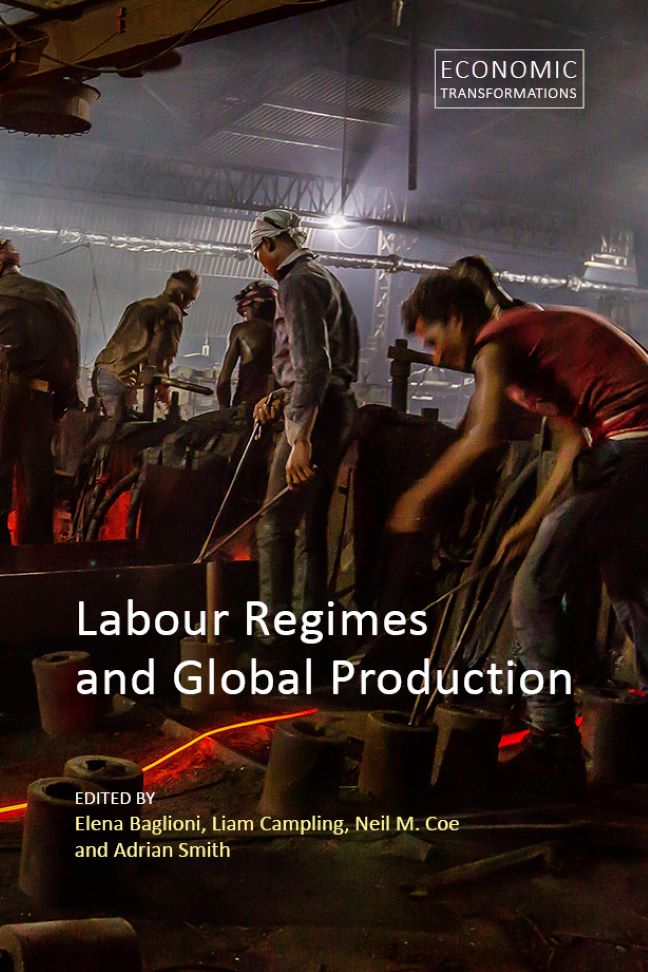8 - The Continent of Labour and Uneven Development: The Making of Transnational Labour Regimes in East Asia
Published online by Cambridge University Press: 20 January 2024
Summary
Introduction
Over the last few decades “east Asia” has become a global factory. The economic ascent of the eastern part of Asia was first noticed when northeast Asian economies such as South Korea and Taiwan started to follow Japan's model of export-oriented industrialization during the 1960s and became international manufacturing hubs for consumer goods by the 1980s (Amsden 1989; Wade 1990). Since the 1980s southeast Asian economies have also moved from import substitution to export-oriented industrialization. This macro-regional pattern of successive industrial development attracted international attention and led to the World Bank's 1993 report The East Asian Miracle, which looked for a pattern of economic development across both northeast and southeast Asia. Although the report was marked by a sloppy political compromise between statism and neoliberalism, and proposed market-friendly state intervention as a source of development, the World Bank got one thing right. Despite the two different names given arbitrarily by the geopolitics of colonialism and the Cold War to two subregions in the eastern part of Asia (Emmerson 1984; Holcombe 2010), there were emerging links and shared characteristics between them that were significant enough for both regions to be encompassed as “east Asia”. This chapter addresses macro-regional dynamics affecting northeast and southeast Asian economies (hereafter “east Asia”) such as the member countries of the Association of Southeast Asian Nations (ASEAN), China, Hong Kong SAR, Japan, South Korea and Taiwan.
The rise of east Asia as a global factory, in which national, pan-regional and global production networks are central, is often attributed to its tight macro-regional integration, often described as a win-win process leading to more inclusive regional development (Asian Development Bank [ADB] 2007, 2008, 2010). This chapter examines the validity of such a claim by investigating the most ignored aspects of east Asian development, namely the quantitative and qualitative changes in the nature and form of work and employment in capitalist production networks in the region. The rise of east Asia is not only about the region becoming an international manufacturing hub. More importantly, the rise of east Asia means that the region is becoming the continent of labour, with a rapidly increasing number of workers.
- Type
- Chapter
- Information
- Labour Regimes and Global Production , pp. 137 - 154Publisher: Agenda PublishingPrint publication year: 2022

